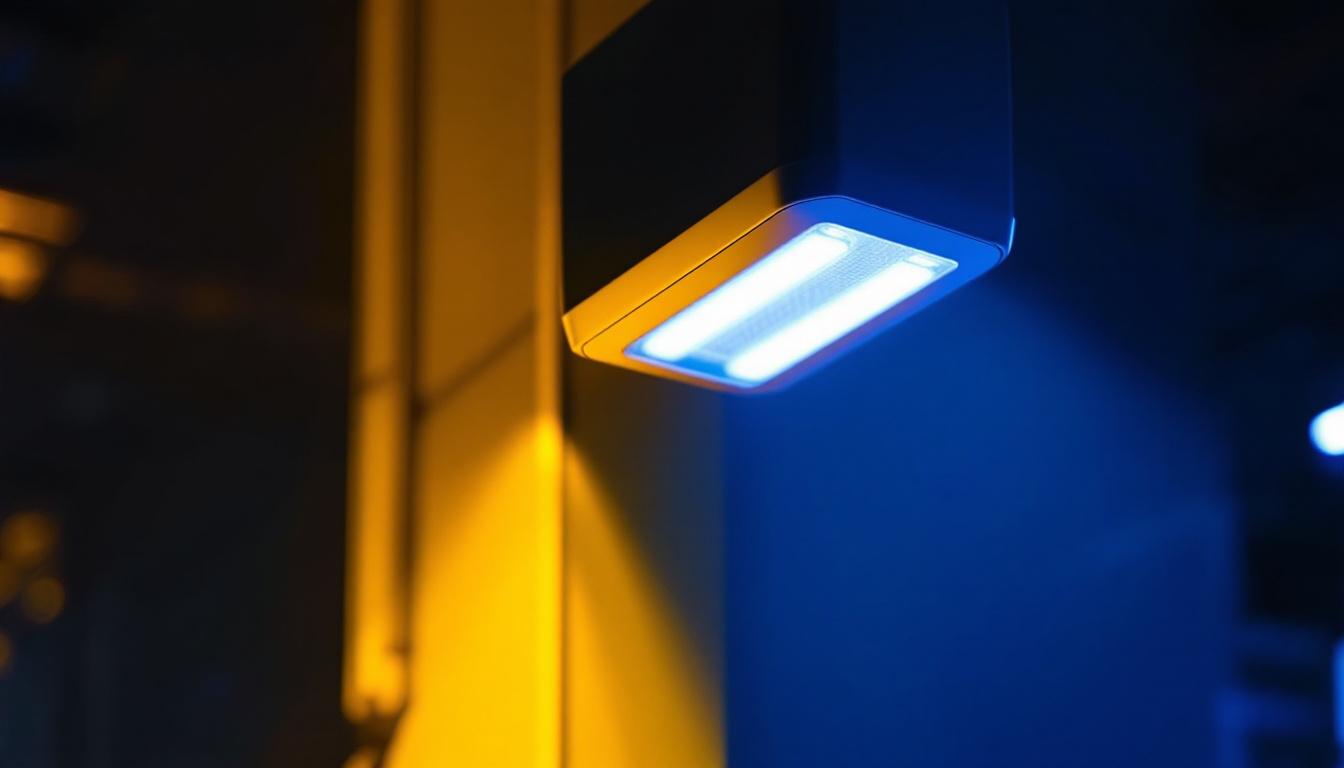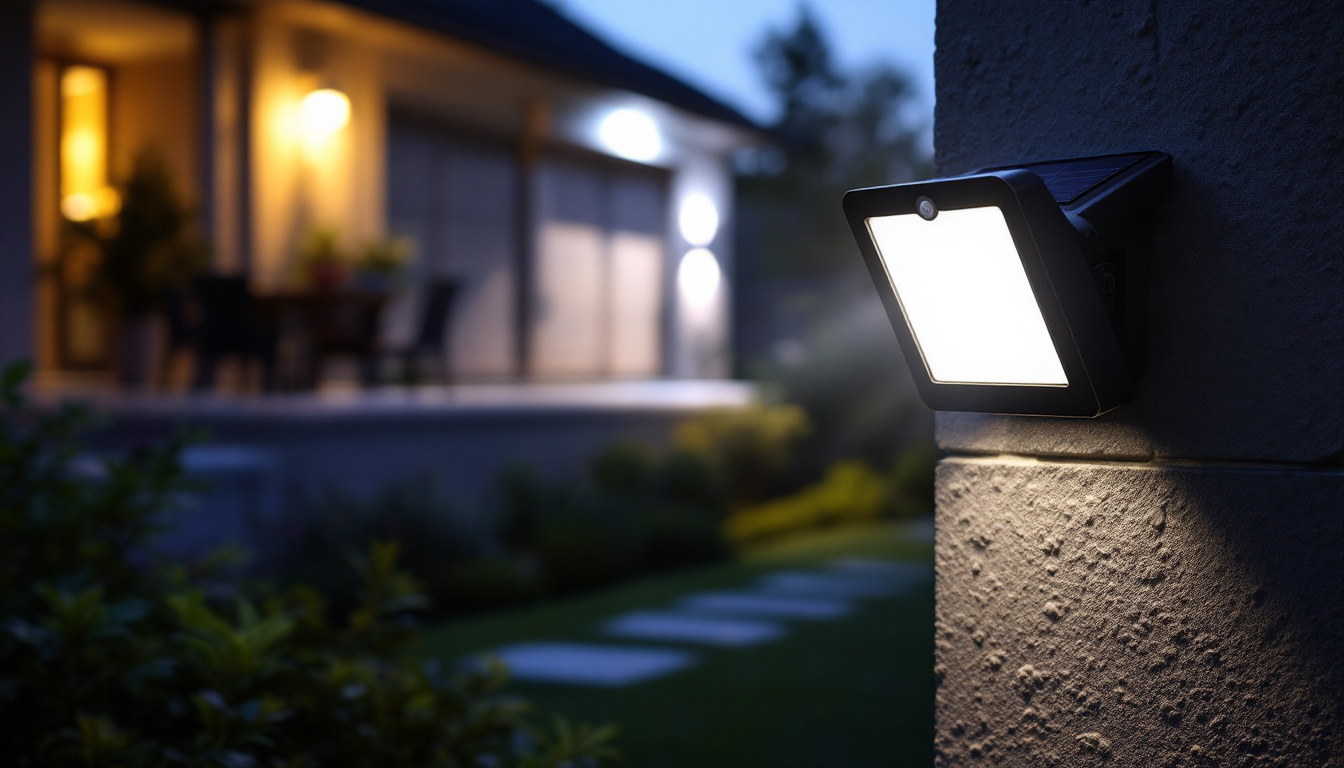
Fluorescent lighting remains a staple in commercial, industrial, and institutional settings due to its energy efficiency and long lifespan. For lighting contractors, mastering the wiring of fluorescent lamps is essential to ensure safety, functionality, and compliance with electrical codes. Despite the rise of LED technology, fluorescent fixtures continue to be widely used, making expertise in their wiring indispensable. The ability to troubleshoot and repair these systems can also enhance a contractor’s reputation and reliability in the eyes of clients, who often seek professionals with a comprehensive understanding of various lighting technologies.
At its core, fluorescent lamp wiring involves connecting the lamp to a ballast and power source. The ballast regulates current to the lamp, preventing it from drawing too much power and burning out. Understanding the types of ballasts—magnetic and electronic—is crucial, as each requires different wiring methods and offers distinct performance characteristics. Additionally, the choice of ballast can significantly impact the overall energy consumption of a lighting system, making it essential for contractors to stay informed about the latest advancements in ballast technology and energy efficiency standards.
Moreover, fluorescent lamps typically come with two or four pins, depending on the model, and the wiring configuration varies accordingly. Lighting contractors must be adept at reading wiring diagrams and recognizing the color codes for wires to avoid miswiring, which can lead to fixture failure or electrical hazards. Familiarity with the specific lamp types, such as T8 or T12, is also important, as these designations not only refer to the diameter of the lamp but also influence the choice of ballast and wiring approach. Understanding the nuances of these specifications can help contractors provide tailored solutions that meet the unique needs of each installation.
Magnetic ballasts have been the traditional choice for fluorescent lighting. They are robust but less energy-efficient and can cause flickering and humming. Wiring magnetic ballasts usually involves connecting the line voltage to the ballast’s input terminals and then wiring the ballast outputs to the lamp sockets. The wiring color codes are standardized but require careful attention to detail. Furthermore, magnetic ballasts are often heavier and bulkier, which can present challenges in terms of installation space and weight distribution in ceiling fixtures.
Electronic ballasts, on the other hand, offer improved efficiency, quieter operation, and instant start capabilities. Their wiring is somewhat more complex, often involving additional components such as capacitors or sensors for dimming. Contractors must ensure compatibility between the ballast and lamp type, as mismatches can cause premature failure or safety issues. Additionally, electronic ballasts can support a wider range of lamp types and wattages, providing greater flexibility in design and installation. This adaptability is particularly beneficial in environments where lighting needs may change, such as in multi-purpose facilities or areas with varying occupancy levels. Understanding the benefits and limitations of each ballast type allows contractors to make informed decisions that enhance both performance and cost-effectiveness in their projects.
Despite the relative simplicity of fluorescent lamp wiring, lighting contractors frequently encounter challenges that can complicate installation and maintenance. Recognizing these common issues ahead of time allows for proactive solutions, saving time and reducing costly callbacks.
Multi-lamp fluorescent fixtures require precise wiring to ensure all lamps operate correctly and safely. Incorrect wiring can result in uneven lighting, flickering, or complete fixture failure. In some cases, contractors must wire multiple ballasts within a single fixture, increasing the complexity.
Additionally, retrofitting older fixtures with new ballasts or lamps can introduce challenges due to outdated wiring standards or degraded components. Lighting contractors must be prepared to assess existing wiring thoroughly and make necessary adjustments or replacements. This often involves not just a visual inspection but also testing for continuity and insulation resistance, which can reveal hidden issues that may not be immediately apparent. Furthermore, contractors may need to educate clients on the benefits of upgrading their fixtures to modern standards, emphasizing energy efficiency and improved lighting quality.
Fluorescent lamps and ballasts are designed to operate within specific voltage ranges. Using a ballast rated for a different voltage than the supply can cause malfunction or damage. Contractors often face situations where the available power supply does not match the fixture requirements, especially in renovations or older buildings.
Voltage drops in long wiring runs can also affect lamp performance. Proper wire gauge selection and minimizing circuit length are critical to maintaining voltage stability. Lighting contractors should use voltage testers and circuit analyzers to verify power quality before finalizing wiring. Additionally, they should consider the impact of environmental factors, such as temperature fluctuations, which can affect electrical resistance and overall performance. Implementing strategies like using thicker wires for longer runs or strategically placing junction boxes can help mitigate these issues and ensure optimal operation of the lighting system.
Electrical codes and safety standards are continually evolving to enhance safety and energy efficiency. For lighting contractors, staying current with these regulations is vital. Non-compliance can lead to legal liabilities, failed inspections, and compromised safety.
Grounding is a particularly important aspect of fluorescent lamp wiring. Proper grounding prevents electrical shock hazards and ensures the fixture operates safely. Contractors must also ensure that wiring methods, conduit use, and fixture mounting comply with local and national codes. This may involve consulting with local authorities or utilizing resources such as the National Electrical Code (NEC) to verify compliance. Moreover, contractors should be aware of the latest advancements in energy-efficient technologies, such as LED retrofits, which may offer better compliance with current standards while providing enhanced performance and lower energy costs for clients. By proactively addressing these evolving standards, contractors can position themselves as knowledgeable professionals in a competitive market.
Successfully navigating the complexities of fluorescent lamp wiring requires a combination of technical knowledge, practical skills, and strategic planning. The following best practices can help lighting contractors overcome common challenges and deliver reliable, compliant installations.
Before beginning any wiring work, conducting a comprehensive assessment of the site and existing electrical infrastructure is essential. This includes verifying power supply specifications, inspecting existing wiring and fixtures, and identifying potential hazards.
Using circuit testers and multimeters to check voltage, continuity, and grounding can prevent surprises during installation. Documenting the existing conditions allows contractors to plan the wiring approach effectively and select appropriate materials and tools.
Accurate wiring diagrams are invaluable for ensuring correct connections, especially in complex multi-lamp or multi-ballast fixtures. Contractors should always refer to the latest manufacturer instructions, as wiring color codes and configurations may vary between brands and models.
When retrofitting or repairing, comparing the new components’ wiring requirements with the existing setup helps avoid mismatches. Keeping a digital or printed library of wiring diagrams for common fixtures can expedite troubleshooting and installations.
Using high-quality wires, connectors, and ballasts reduces the risk of failure and enhances the longevity of fluorescent lighting systems. Contractors should select wire gauges appropriate for the current load and circuit length, adhering to code requirements.
Investing in reliable tools such as wire strippers, crimpers, and testers improves efficiency and accuracy. Additionally, using wire labels or color-coded markers can help maintain clarity during complex wiring tasks.
The electrical and lighting industries are dynamic, with ongoing advancements in technology and regulations. Lighting contractors benefit from regular training sessions, workshops, and certification programs focused on fluorescent lighting and electrical safety.
Staying informed about emerging trends, such as hybrid lighting systems or smart controls integrated with fluorescent fixtures, positions contractors to offer advanced solutions and maintain a competitive edge.
Real-world examples illustrate how lighting contractors have successfully addressed wiring challenges, providing practical insights and inspiration.
A lighting contractor was tasked with retrofitting fluorescent fixtures in a large office complex where the existing wiring was outdated and non-compliant with current codes. The challenge involved replacing magnetic ballasts with electronic ones while ensuring compatibility with the existing lamps and power supply.
The contractor conducted a thorough site assessment, mapping out all fixtures and circuits. By carefully following updated wiring diagrams and replacing degraded wiring with appropriately gauged conductors, the project was completed without incidents. The retrofit resulted in improved energy efficiency and reduced maintenance costs.
In an industrial setting requiring bright, uniform lighting, a contractor installed multi-lamp fluorescent fixtures powered by electronic ballasts. The complexity arose from wiring multiple ballasts in a single fixture and ensuring stable voltage across long cable runs.
By using voltage drop calculations and selecting heavier gauge wiring, the contractor maintained consistent lamp performance. Detailed labeling and adherence to manufacturer wiring instructions minimized errors during installation. The project enhanced workplace safety and productivity through reliable lighting.
While LED technology is rapidly advancing and gaining market share, fluorescent lighting remains relevant in many applications. Lighting contractors who master fluorescent lamp wiring will continue to find opportunities, especially in maintenance, retrofits, and specialized installations.
Emerging technologies such as smart ballasts and integrated lighting controls are adding new dimensions to fluorescent lamp wiring. Contractors who embrace these innovations and adapt their skills will be well-positioned to meet evolving client demands.
Ultimately, overcoming the challenges of fluorescent lamp wiring requires a commitment to quality workmanship, ongoing education, and a proactive approach to problem-solving. By doing so, lighting contractors can deliver safe, efficient, and durable lighting solutions that stand the test of time.
As you navigate the complexities of fluorescent lamp wiring, let LumenWholesale be your trusted partner in providing the highest quality lighting products. Our spec-grade selection is designed to meet the demands of every project, ensuring you have access to the most reliable and efficient lighting solutions at wholesale prices. Say goodbye to local distributor markups and hello to free shipping on bulk orders, making your purchases even more cost-effective. Ready to elevate your lighting game with the perfect blend of quality, affordability, and convenience? Visit LumenWholesale for Wholesale Lighting at the Best Value and experience the difference today.

Discover the latest trends in battery emergency lighting that every lighting contractor needs to stay ahead.

Discover innovative hacks and expert tips for smart lighting contractors looking to upgrade fluorescent lights to energy-efficient LEDs.

Discover the essential guide to solar bulbs for outdoor spaces, tailored specifically for lighting contractors.

Discover how solar motion sensor flood lights are revolutionizing the work of lighting contractors by offering energy efficiency, easy installation, and enhanced security.